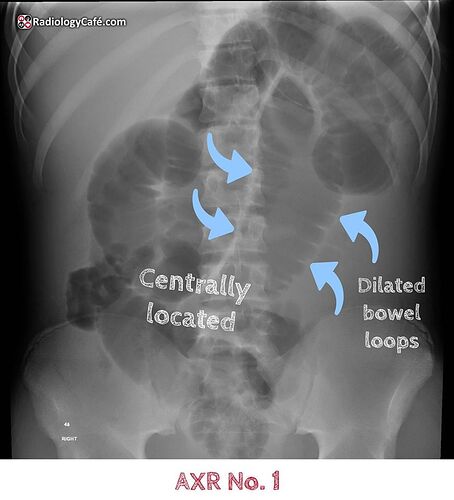#news Classification_of_junctional_rhythem:
*Junctional Escape Rhythm: 40-60 bpm
**Accelerated Junctional Rhythm: 60-100 bpm
***Junctional Tachycardia: > 100 bpm
#aetiological classification:
*Automatic Junctional Rhythms (e.g. AJR) = Due to enhanced automaticity in AV nodal cells
*Re-entrant Junctional Rhythms (e.g. AVNRT) = Due to re-entrant loop involving AV node
#Acclerated_junctional_tachycardia:
#Causes of AJT:
*Digoxin toxicity ![]() (= the classic cause of AJR)
(= the classic cause of AJR)
*Beta-agonists, e.g. isoprenaline, adrenaline
*Myocardial ischaemia
*Myocarditis
*Cardiac surgery
#Ecg features of AJT
*Narrow complex rhythm; QRS duration < 120ms (unless pre-existing bundle branch block or rate-related aberrant conduction).
*Ventricular rate usually 60 – 100 bpm.
*Retrograde P waves may be present and can appear before, during or after the QRS complex.
*Retrograde P waves are usually inverted in the inferior leads (II, III, aVF), upright in aVR + V1.
*AV dissociation may be present with the ventricular rate usually greater than the atrial rate.
*There may be associated ECG features of digoxin effect or digoxin toxicity.
